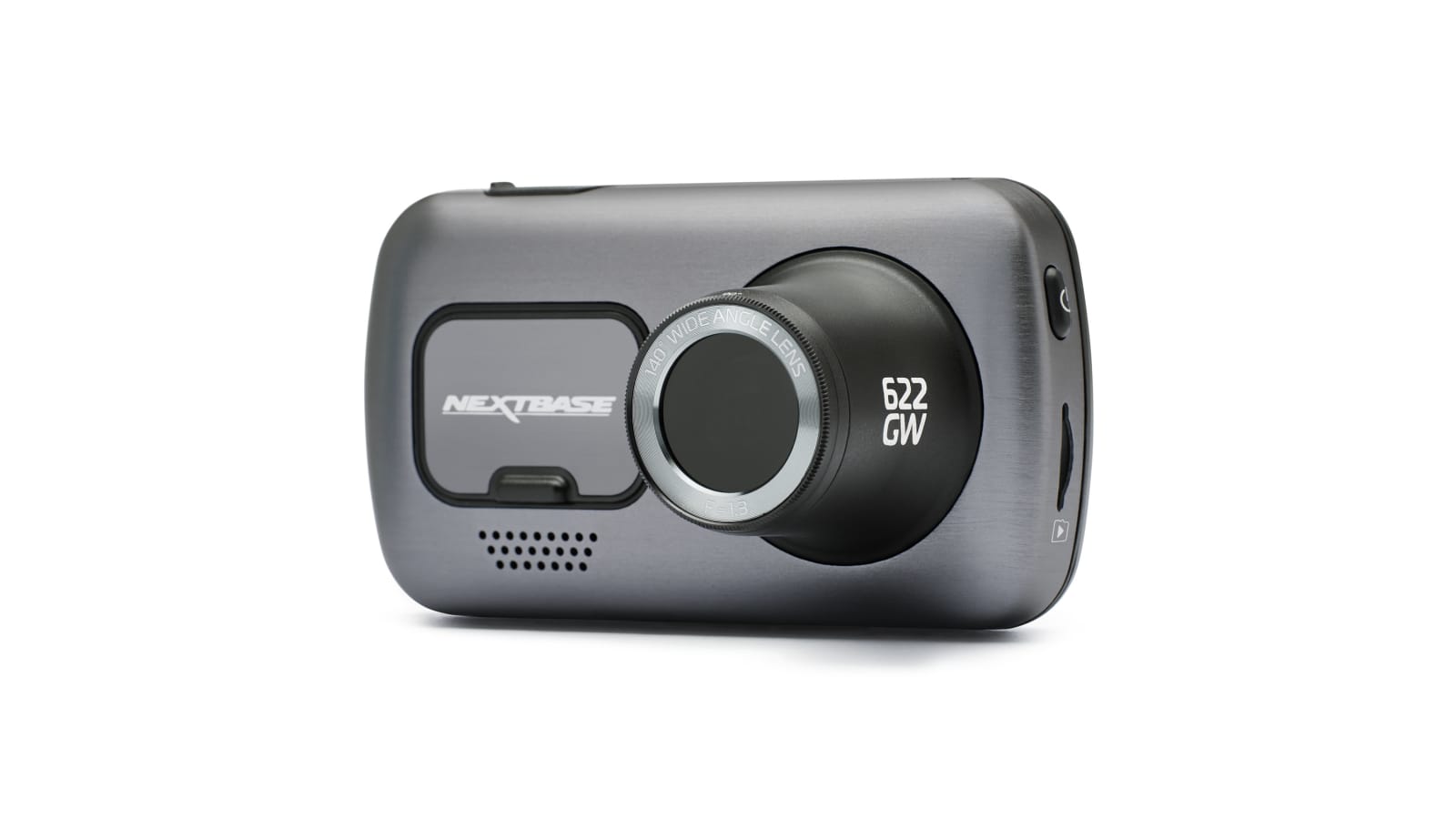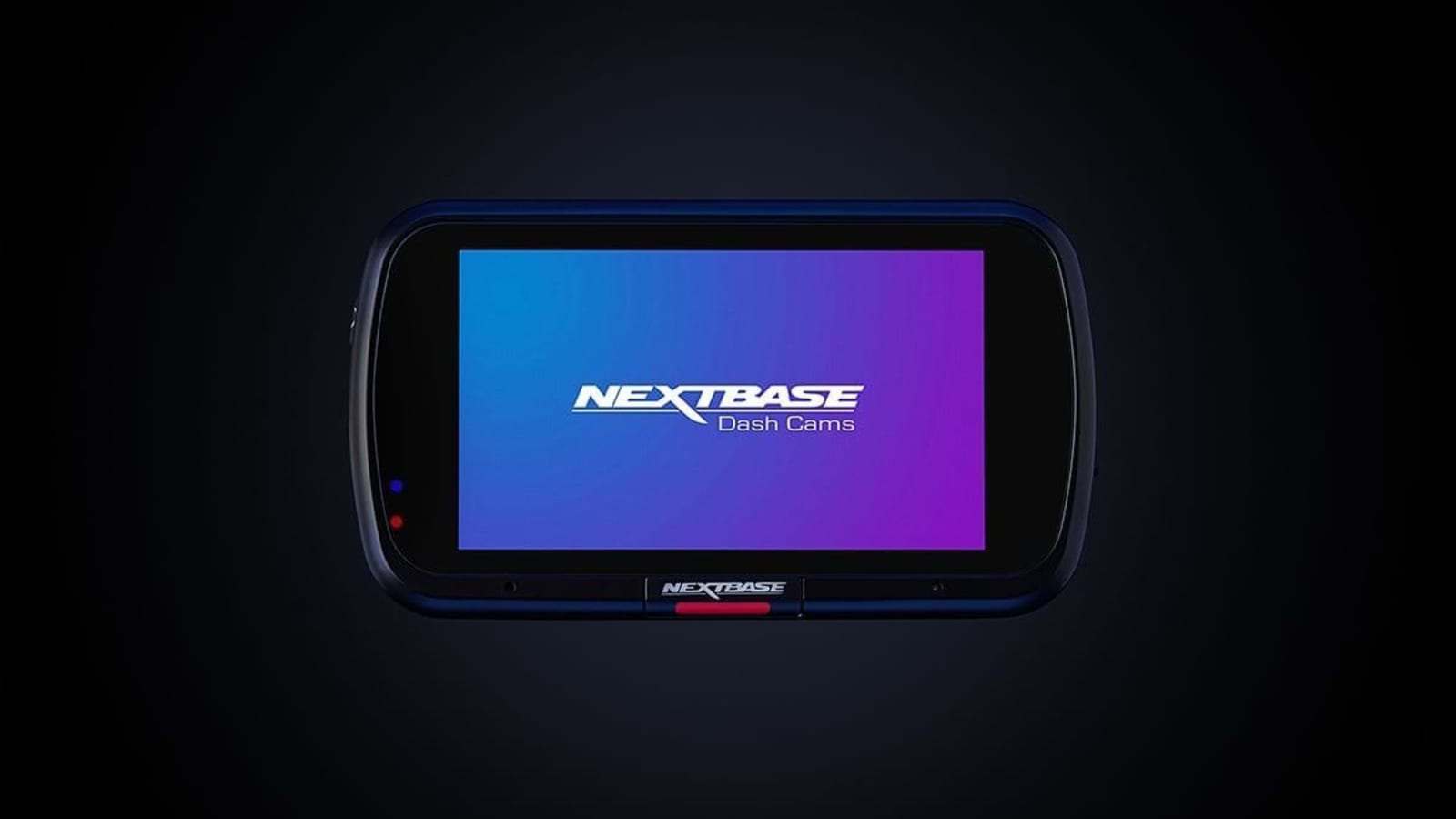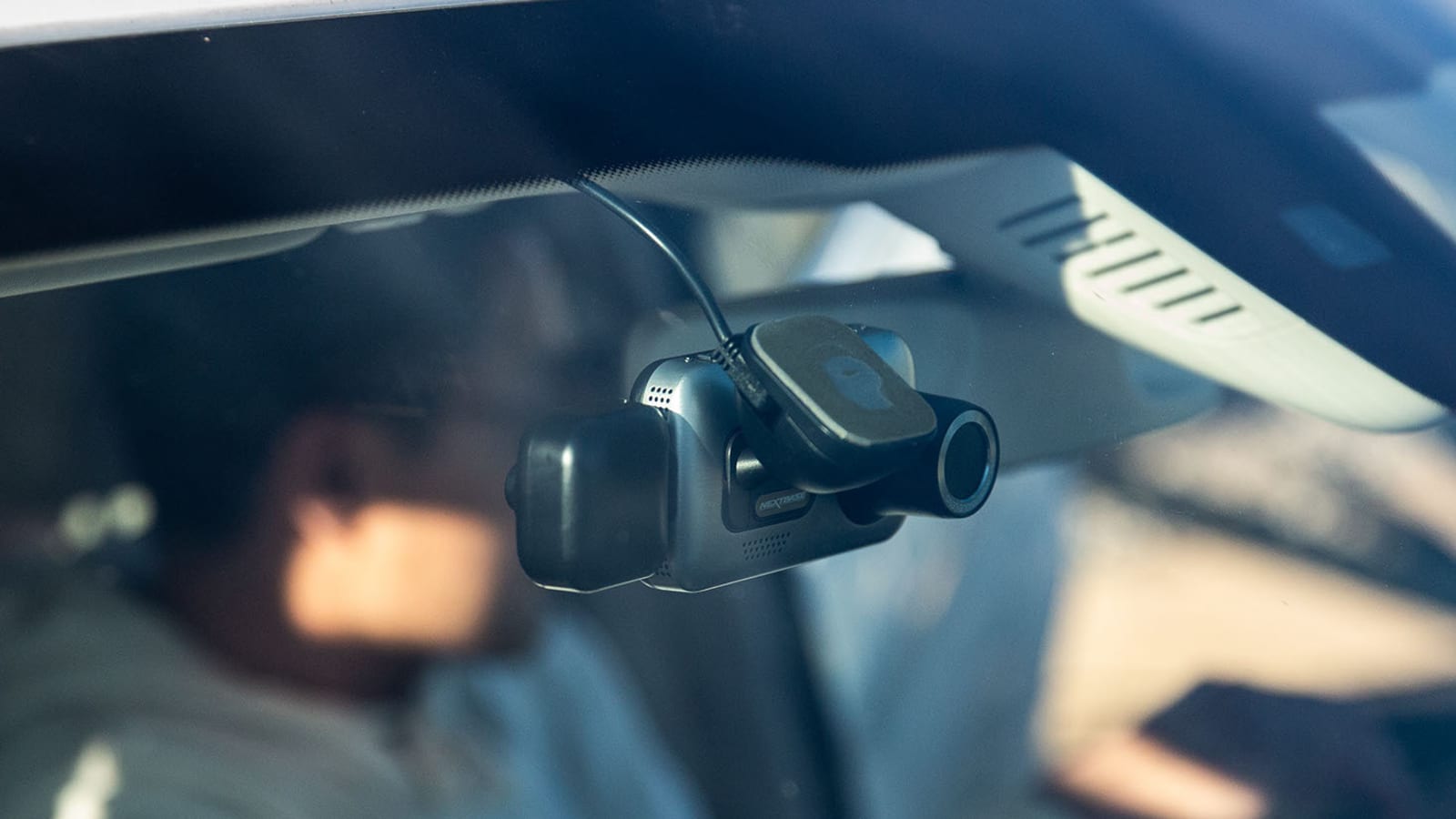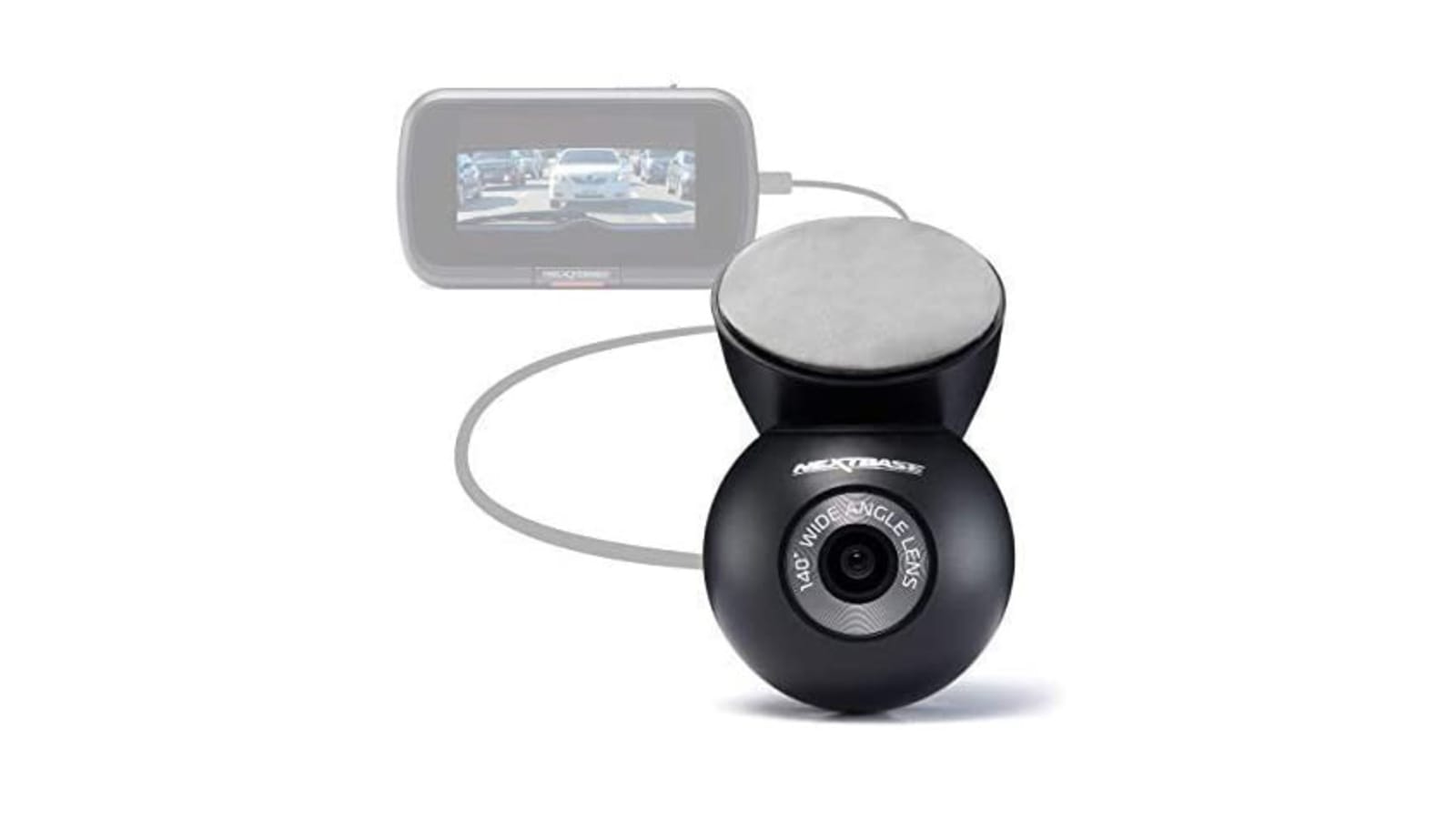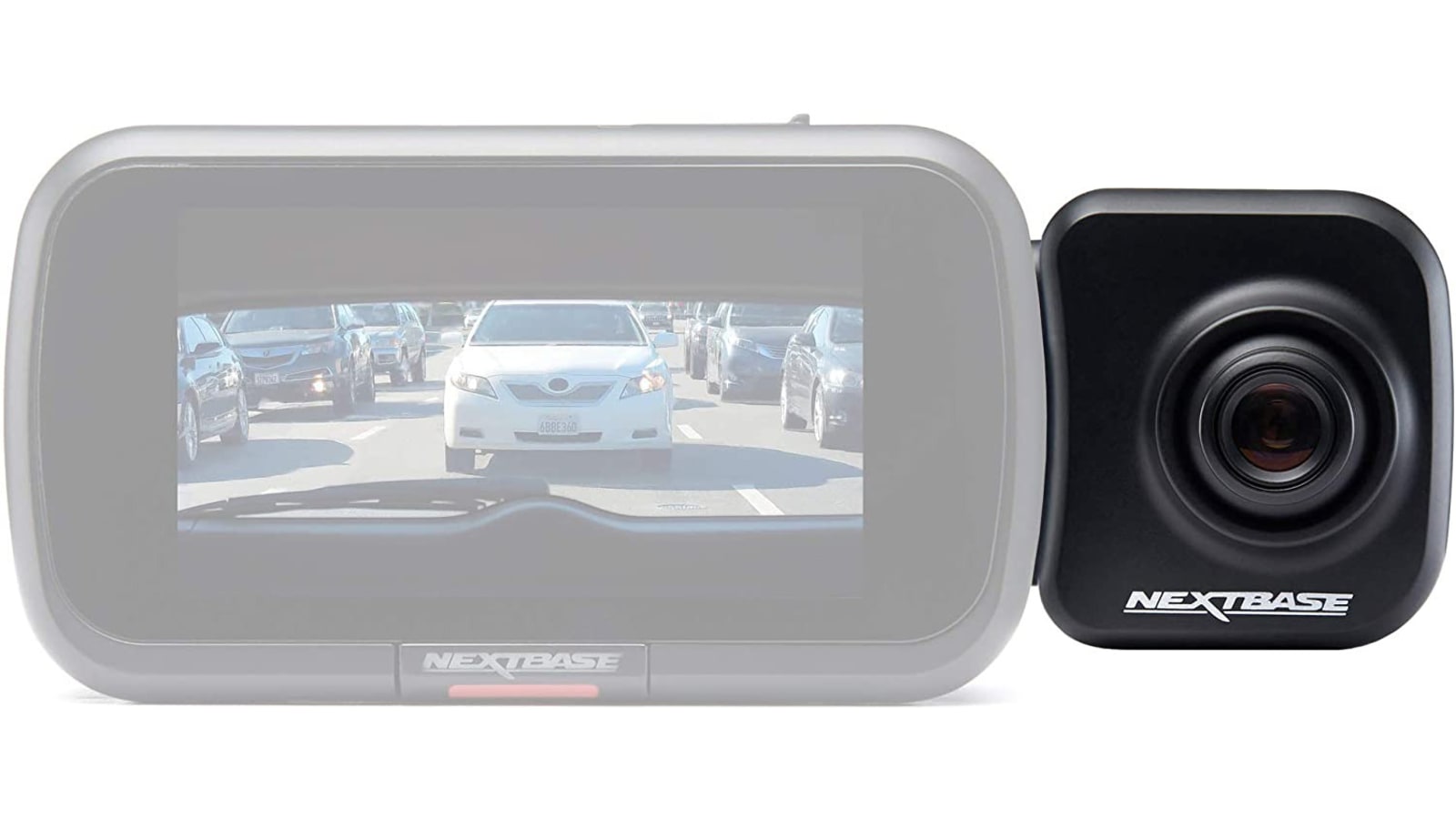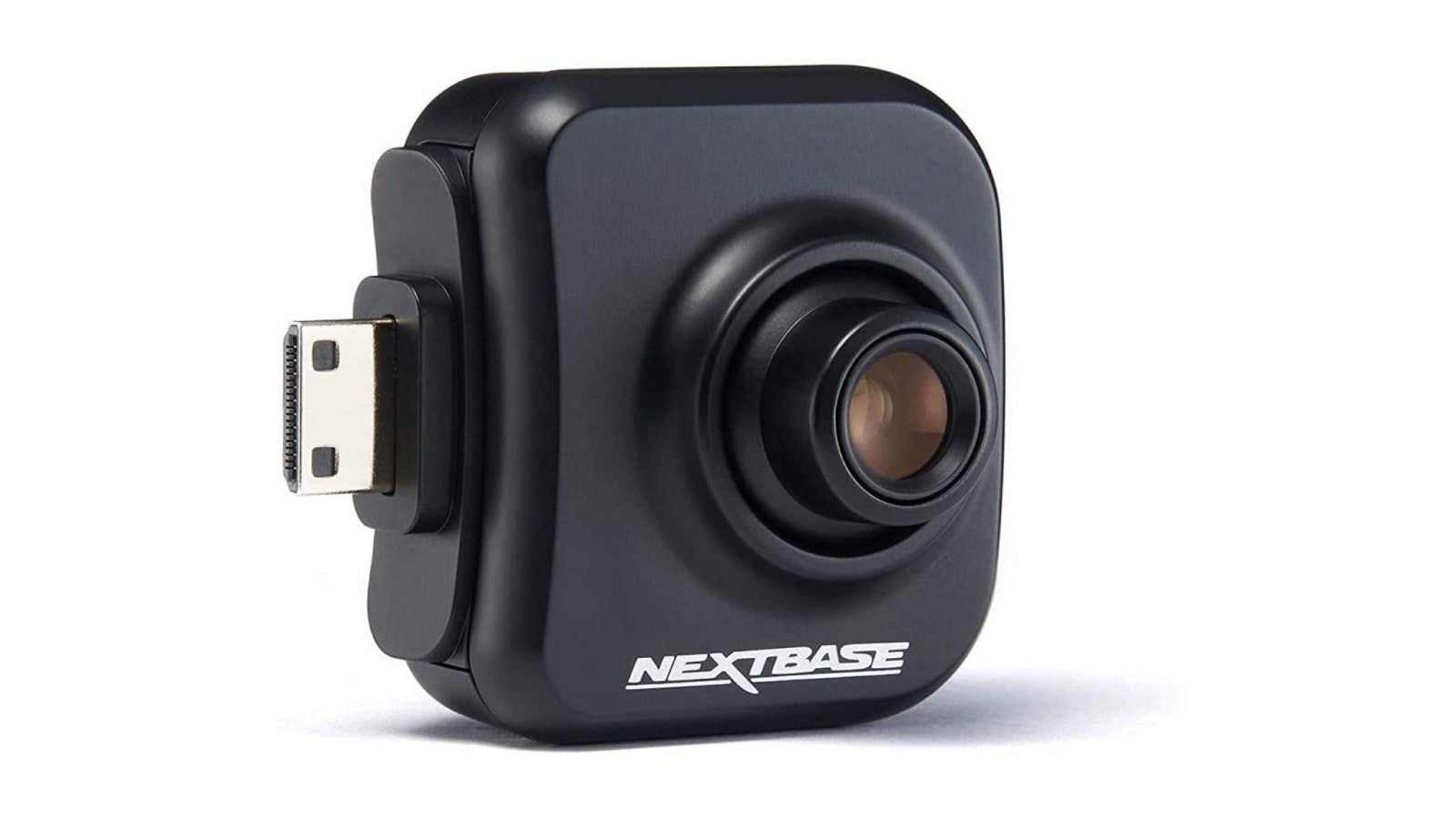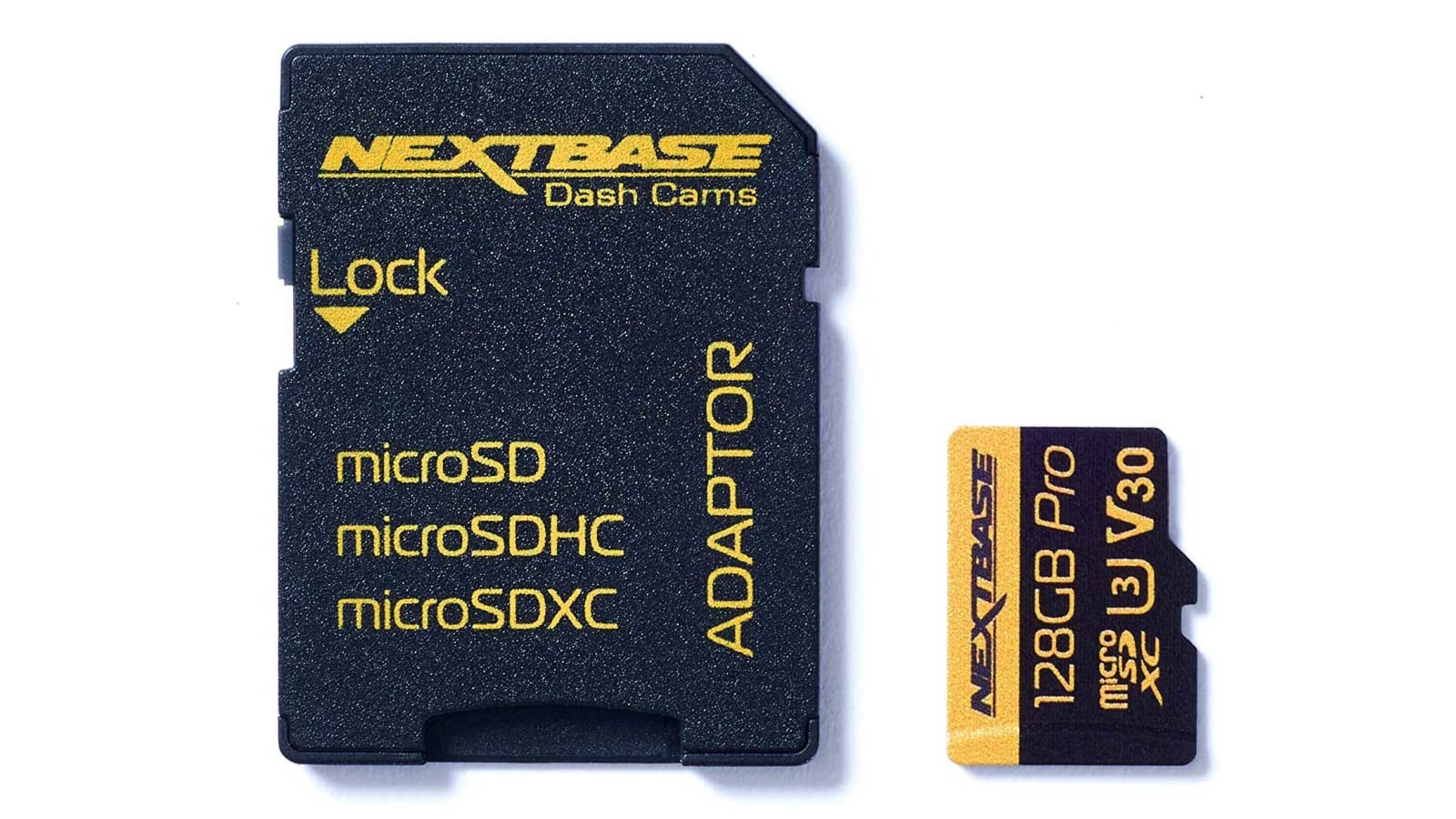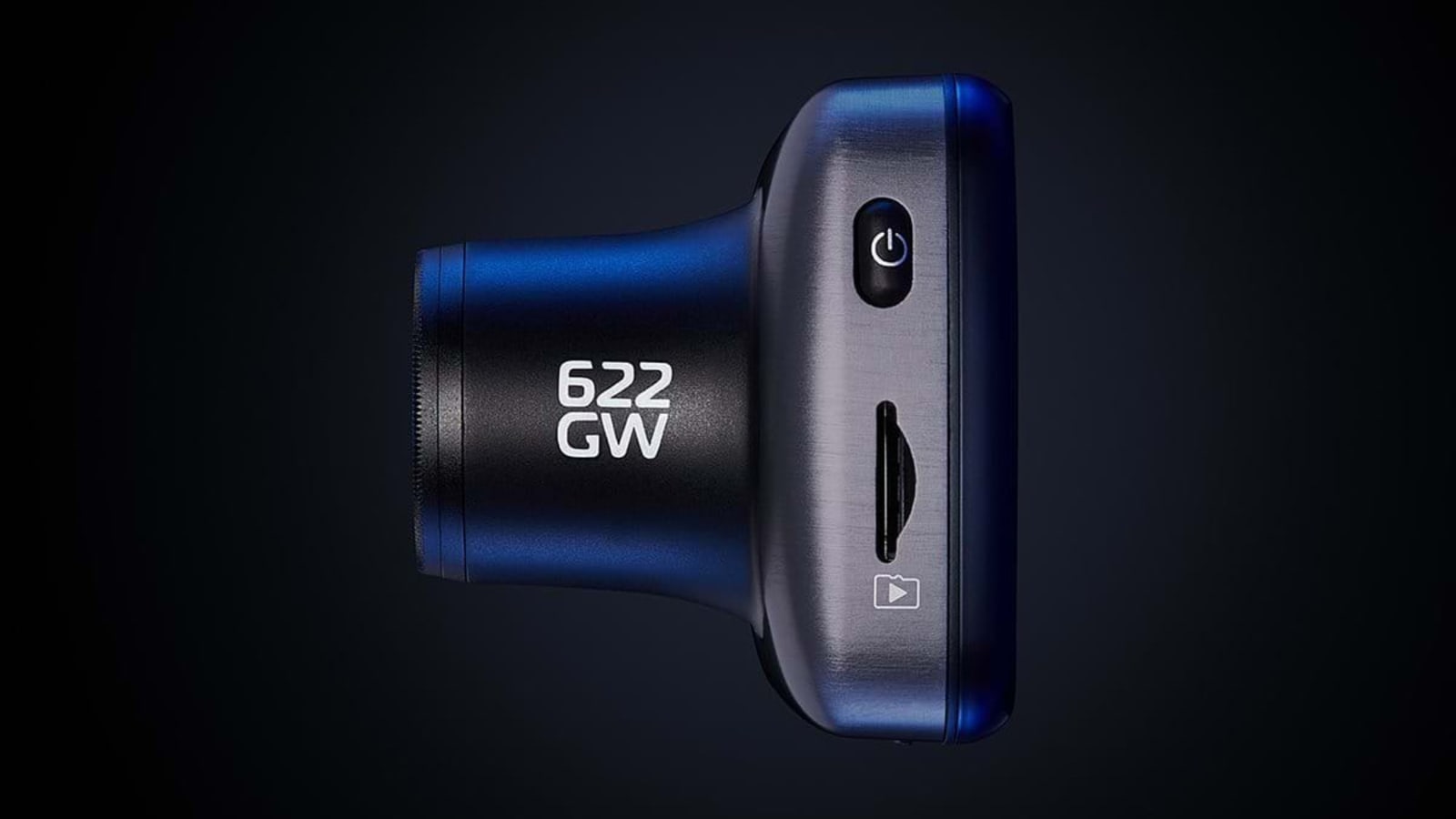Autoblog may receive a share from purchases made via links on this page. Pricing and availability are subject to change.
One Million. That’s roughly how many dash cams were purchased in 2021. While that may seem like a lot, it is a fraction of the nearly 8 million video doorbells that were purchased in 2020, even though both serve similar purposes. For years we’ve seen videos from dash cams all over the internet, and in the past year their popularity in the U.S. has finally begun to increase. There are 142 million homes in the U.S., compared to nearly 290 million registered cars, so why has it taken so long for dash cams to become more popular? The truth is, up until recently the market has been an immature category with lackluster products filling pages of Amazon. That’s where Nextbase comes in.
For the purpose of this article we tested out a handful of Nextbase dash cams and modules, the feature-full 622GW, as well as the Rear Window Cam, the Rear View camera and the Cabin camera modules. Depending on your needs you can choose from six different models from Nextbase, ranging from $50.99 to $339.99.
The 622GW is the Nextbase do-it-all dash cam. In fact, calling it just a dash cam is like calling an iPhone just a phone. Here’s a quick breakdown of the specs:
- Resolution: 4K @ 30fps, 1440 @ 60fps, 1080p HD @ 120fps
- Screen: 3” HD IPS Touch screen
- Image Stabilization: Yes
- WiFi: QuickLink Wi-Fi
- Night vision: Yes, Enhanced Night Mode
- What3Words: Yes
- GPS: 10Hz
- Intelligent Parking Mode: Intelligent
- Emergency Response: Yes
- Alexa: Built-in
- Polarizing Filter: Built-in
- Viewing Angle: 140°
- Lens: 6 layer f1.3
- Module Compatibility: Rear Window Cam, Car Rear View Camera, Cabin View Cam
Resolution
For a long time, resolution was king, and maybe it still is, though it seems that the camera industry has (for now) settled on 4K as the standard for optimum quality, and that’s what the 622GW has, depending on how you use it. If you’re recording at 4k, that also means you’re recording at 30 fps, nothing faster. Bump it up to 60 fps and you’re looking at 1440p, and at 120 fps super slow motion, you’re down to Full HD. This isn’t surprising at all; it’s how almost every camera out there works: the faster the frame rate, the more processing, the lower the resolution.
More resolution generally means better picture quality, which is especially important when trying to make out the license plate of a car that hits you.
Screen
The screen on the 622GW is crisp and clear, though most of the time I ended up using the app and not the screen itself. While it is responsive, it isn’t as smooth as a smartphone when it comes to the touchscreen capabilities. That being said, it is easy to navigate through each of the menus while stopped. It is not recommended to use it while driving.
Image Stabilization
When GoPro first introduced image stabilization into their cameras, it was a complete game-changer. No longer was I dealing with the jello effect that could come with mounting my action cam on my mountain bike, car or drone. The same reason I loved image stabilization on my GoPro is why I love it on this dash cam. Clearer footage. Yes, clearer footage looks better when you share it with your friends, but it also can be the factor in figuring out what exactly happened in an accident.
QuickLink Wi-Fi
For years I’ve dealt with wi-fi connections between my phone and various cameras that leave something to be desired, whether that is spotty service or dropping clips as I transfer them from the camera to my phone. I’m happy to report that in the month-plus of testing, I only had the connection fail once on me, and it was able to connect again a few seconds later.
Enhanced Night Mode
I’ve been hit while driving two times in my life. Once, while stopped in the left lane of traffic on the expressway during rush hour, and another while waiting in the left turn lane during rush hour. Neither of these times were while the sun was up. In fact, even though night time driving only accounts for 25% of the time we’re on the road, according to the NHTSA, it is responsible for nearly 50% of all accidents, so your dash cam should be able to perform then too. The Enhanced Night Mode makes it easier to read details when driving at night and it works as advertised, thanks to the new, larger sensor in the 622GW.
What3Words and GPS
The 622GW includes two ways for emergency services to find you, GPS and What3Words. If you’re not familiar with the latter, according to their website “what3words is a global addressing solution where every 3m x 3m square in the world has been assigned an address made of 3 words from the dictionary. This is unique in the world and basically means people can find you much more easily and it’s a human-friendly way to communicate location.”
While I thankfully never had to use the function in an emergency situation, on a 600-mile road trip through some more rural parts of Colorado, the GPS was spot on, even in some of the steeper valleys, and the addition of the What3Words functionality is a redundancy that puts my mind at ease.
Intelligent Parking Mode
We’ve all been there: you walk out to your car after a class or a party and there’s a new dent or cracked bumper and no one left a note. This mode, which is a common one on dash cams, wakes up the camera when it senses a collision while you are parked and immediately begins recording. This is really what I would get a dash cam for: scenarios where I am not present and every time I tested it by bumping into my car from outside while it was parked, it worked just as it should.
Emergency Response
Emergency SOS is a feature that is offered on the 322GW dash cam on up and can be incredibly helpful for those who spend their time driving on rural, less traveled roads where an accident may not be seen right away. If the dash cam detects a crash and a lack of movement, it can send out a signal to emergency personnel.
According to Nextbase, “the emergency alert that is sent to the integrator and emergency services includes GPS location and heading as standard, but also other personal details such as medical history, blood type and allergies.”
This does require a $4.99/mo subscription, so you’ll have to decide if it is worth it for you.
The Rear Window Cam is exactly what it sounds like. It is a ping pong ball-sized camera that attaches to the rear windshield, with a 140 degree angle lens to capture any accidents or incidents that happen in the rear of your car. Before dismissing a rear cam, listen to this: according to the NHTSA, rear-end collisions are the most common kind of accident in America, accounting for nearly one third of all collisions.
The Rear Window Cam connects to the 622GW via a 6.5 meter long cable which can be inserted into the HDMI port on the side of the camera. 6.5 meters, or 21’ 4” may seem like a lot, though it is meant to be hidden from view in your vehicle’s headliner so the longer the better in my opinion. I drive a three-row Ford Flex and the cable was long enough to run along the headliner to the rear with more than a few feet to spare. The camera itself is magnetic and attaches to the mount easily, allowing for adjustments so you get exactly the view you want out the back window.
Rear View camera – $99.98
For those of you who don’t drive three-row vehicles and don’t want the hassle of feeding a 20-foot long cable from the front of your car to the rear, the Rear View camera may be a better option. It attaches right into the 622/522/422/322GW via the HDMI port and features a telephoto lens to capture what is happening through your rear windshield, much like your rearview mirror does. When it connects to the dash cam, the dash cam will then be creating four separate video files at once, two front and two rear. According to Nextbase, the resolutions for these videos depend on which camera you are using. For the 622GW, the front camera resolution is 4K, rear is 1080p; for the 422/522GW, both the front and rear camera resolution is 1080p, or front 1440p and rear 720p, and with the 322GW, the front resolution is 1080p, rear is 720p. These resolutions are the same whether you are using the Rear Window camera, the Rear View camera or the Cabin camera.
Cabin camera – $99.99
This camera, like the Rear View and Rear window cameras, is compatible with the 322GW, 422GW, 522GW and 622GW. It connects directly to the front dash cam, no extra cables needed. In fact, at first glance it is almost identical to the Rear View camera, the major difference being that instead of focusing on the rear window, this wide angle camera shows a view of the entire cabin. As it is only myself in the car most of the time, with maybe some dogs in the back seat, I found this cabin-view to be the least desirable for my use case. That being said, if you have kids, or spend time behind the wheel as an uber or lyft driver, this camera view may be more up your alley.
Installation
First things first, when you open the box and hit the power button you are prompted to charge the camera for a few hours. A perfect time to figure out how to install the camera without having cables hanging all throughout your car. Included in the box is a plastic tool that allows you to easily hide the cables in your headliner and behind the material covering the pillars in your car. My vehicle features an auxiliary power outlet on the passenger side of the car, by the passenger’s left knee, so I was able to feed cable up and to the right of the windshield, down the a-pillar and underneath the glove compartment, hiding the cable most of the way, but your mileage may vary. This allows me to keep the camera plugged in at all times, so that it turns on when I turn on the car.
The cable for the Rear Window camera was a bit tricker, as I had to manage to hide it above both passenger side doors and onto the rear liftgate.
Take a look at the reviews for just about any dash cam on Amazon and you’ll see one star ratings peppered throughout, complaining that after a few months the camera started freezing up or not recording with no warning. While it is easy to blame a camera for that, most of the time when issues like this arise, it is due to the memory card and not the camera. Unlike the memory cards in your GoPro, drone or mirrorless camera, dash cam cards are taking a ton of abuse, constantly being written and rewritten. Because of this, the speed and quality of the card matters even more, especially with a 4K camera like the 622GW.
While the Nextbase microSD card is normally an additional purchase, if you want your camera to work properly, then we suggest you spend the money on a quality card. The 32GB card is a bit small for a 4K camera which has larger file sizes than a 1080p cam, but that card is currently offered along with the camera on Netxtbase.com or on Amazon for $19.99. The 128GB and 256GB offerings are ideal for 4K, though are priced higher at $99.99 and $129.99 respectively.
In addition to purchasing the right type of card, card maintenance is also something to keep in mind. Nextbase recommends formatting your card every 2-4 weeks depending on how much you drive to keep things running smoothly. Thankfully with the help of a calendar reminder on my phone this has been a completely painless process. Just remember to save any photos or videos you want to keep to your phone or computer beforehand.
The features of the Nextbase 622GW, as well as those of its accompanying modules make it worth the price, even if that price is steep. While the market for dash cams is still young, especially here in the U.S., the 622GW manages to stand out above the rest.
Look, I totally get it. Not everyone has the money to be spending $500+ on a dash cam, so the 622GW with all of the accessories may not be the camera for you. Luckily, the other dash cams in Nextbase’s lineup are just as solid, though offering fewer features, and come at a price point that is palatable at any budget.
Source: www.autoblog.com

